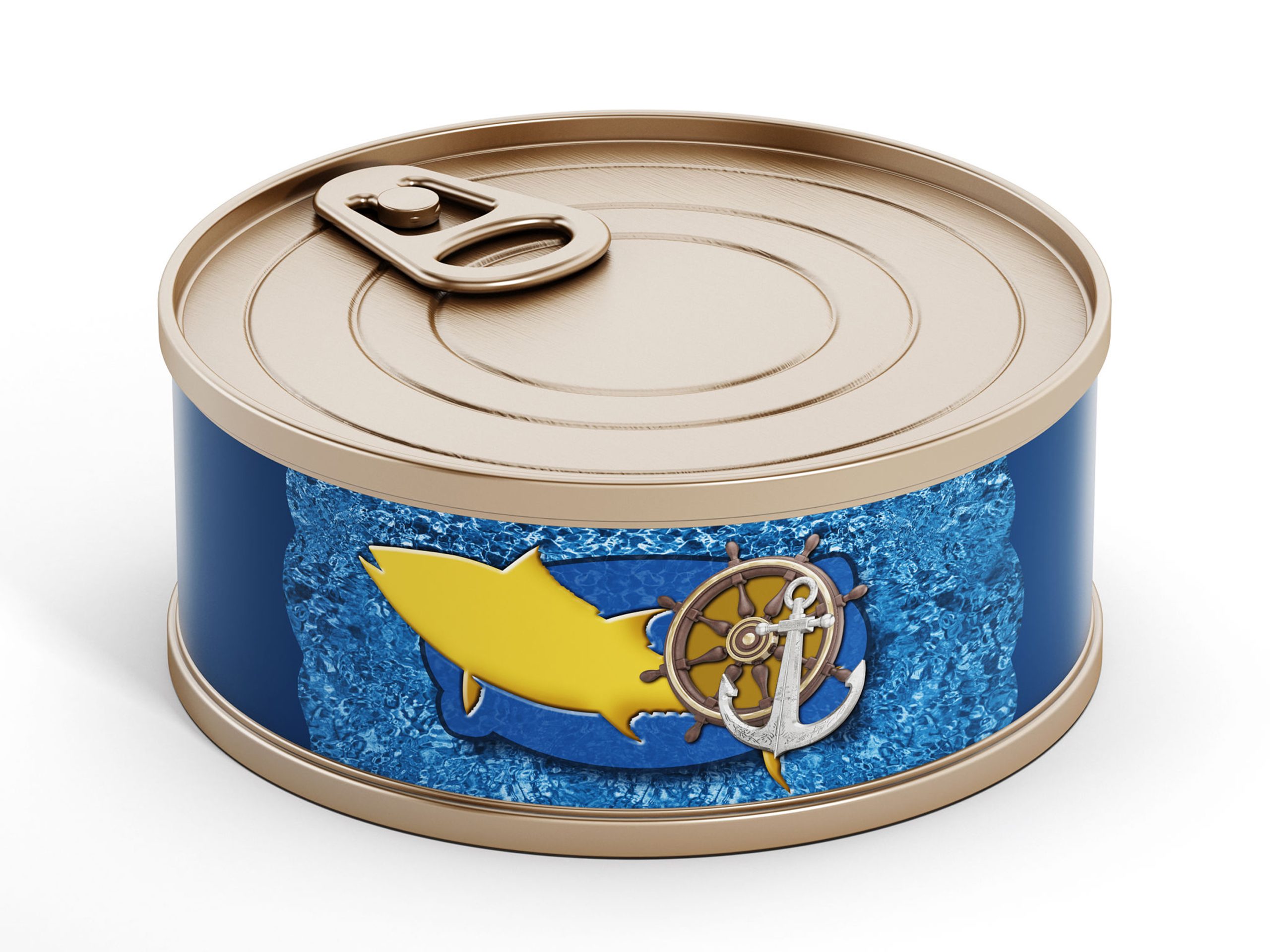Have you ever taken a bite of a succulent piece of canned fish and felt transported to the shores of a picturesque coastal village? Well, get ready to embark on a culinary journey to a country that has perfected the art of preserving fish in cans. From its ancient roots in fish preservation to the establishment of the first commercial cannery, this country has become renowned for its exquisite canned fish. But which country is it? Stay tuned as we unravel the mystery and delve into the captivating history, perception, consumption patterns, and future outlook of canned fish in this extraordinary nation. Get ready to savor the flavors and discover why this country’s canned fish is a beloved culinary tradition.
History of Canned Fish in Portugal
In the history of canned fish, Portugal holds a significant place as one of the pioneers in the industry. The cultural significance of canned fish in Portugal can be traced back to the Iron Age, where fish preservation techniques using sea salt were employed by Phoenicians, Greeks, Carthaginians, and Romans. Along the coastline, ruins provide evidence of a developed industry for salted fish. However, it was not until 1853 that the first commercial cannery, Ramirez, opened in Portugal. This marked the beginning of a new era for the preservation and consumption of fish. In 1862, pasteurization was introduced, leading to the opening of more canneries in the country.
Canned fish gained even more importance during times of economic crisis. It provided an affordable and practical meal option for many Portuguese families. Tuna and sardines, which are rich in Omega 3 fatty acids and vitamins, became staples in households across the country. Additionally, canned shellfish like clams and mussels, which are high in iron, also gained popularity.
As the economy improved, the perception of canned fish shifted. Gourmet shops and restaurants started embracing canned fish as a trendy food. Traditional methods and packaging were reintroduced, attracting a new generation of consumers. Vintage cans became sought after and aged like a fine wine. However, it is important to note that the younger generation in Portugal shows less interest in canned fish, and changing their mindset can be challenging.
Perception of Canned Fish in Portugal and Spain
When it comes to the perception of canned fish, both Portugal and Spain have their own unique perspectives and cultural attitudes. In Portugal, canned fish holds a deep cultural significance. It is not just seen as an easy and inexpensive meal option, but as a part of their culinary heritage. Older generations in Portugal consume canned fish regularly, while younger generations have mixed opinions about it. On the other hand, in Spain, canned fish is viewed as a delicacy, with expensive brands considered a special treat.
Here are five key points about the perception of canned fish in Portugal and Spain:
- Cultural significance: Canned fish has a long history and is deeply rooted in the culinary traditions of Portugal. It represents a connection to the past and is enjoyed by many as a nostalgic and traditional food.
- Traditional methods: Canning fish in Portugal is often done using traditional methods, preserving the flavors and textures of the fish. This adds to its appeal and authenticity.
- Health benefits: Canned fish, such as tuna and sardines, are rich in Omega-3 fatty acids and vitamins, making them a healthy choice for consumers in both Portugal and Spain.
- Impact on local economies: The canning industry has a significant impact on local economies in both countries, providing jobs and supporting fishing communities. It is an important sector that contributes to the overall economic well-being of the regions.
- Varied perception: While canned fish is widely consumed in Portugal, the perception varies among different age groups. The challenge lies in changing the mindset of the younger generation and ensuring the continued popularity of canned fish in the future.
Variances in Consumption Based on Geography and Seasonality
Geography and seasonality play a significant role in shaping the preference for canned fish in Portugal and Spain. In coastal areas of Portugal, where fresh fish is abundant, the preference leans towards enjoying fish in its natural form. The availability of freshly caught fish allows for a more immediate consumption, and the tradition of fishing is deeply ingrained in the coastal culture. On the other hand, in inland areas where access to fresh fish is limited, canned fish becomes a convenient and practical option. These areas rely on canned fish as a reliable source of seafood, even though it may not be as fresh as the coastal regions. Additionally, the presence of canning factories in certain areas influences the local consumption patterns. Residents in these regions tend to be more inclined towards canned fish due to the influence of the industry. Overall, the impact of geography and seasonality on the preference for canned fish in Portugal and Spain highlights the interplay between availability, tradition, and convenience.
Current Trend and Future Outlook of Canned Fish
As we continue exploring the fascinating world of canned fish, let’s now turn our attention to the current trend and future outlook of this beloved culinary staple. The canned fish industry is experiencing some significant changes and challenges as consumer preferences evolve and market trends shift. Here are some key points to consider:
- Changing consumer preferences: As people become more health-conscious and environmentally aware, there is a growing demand for sustainable and nutritious food options. This has led to a shift in consumer preferences towards healthier and ethically sourced seafood, which includes canned fish.
- Challenges in changing mindset: While gourmet shops and restaurants have embraced canned fish as a trendy and high-quality food, there is still a challenge in changing the mindset of the younger generation. Many young people have a lack of interest in canned fish, associating it with the canned foods of the past.
- Gourmet shops and restaurants embracing canned fish: Despite the challenges, there is a growing trend of gourmet shops and restaurants incorporating canned fish into their menus. Chefs are discovering the unique flavors and textures that canned fish can offer, and they are finding creative ways to showcase these products in their dishes.
- Market trends: The future of canned fish in Portugal will be influenced by consumer preferences and market trends. As the demand for sustainable and nutritious food continues to rise, there is an opportunity for the canned fish industry to adapt and innovate to meet these changing needs.
- Future outlook: While the younger generation’s lack of interest in canned fish poses a challenge, there is also the potential for new opportunities and growth. By highlighting the health benefits, sustainability, and versatility of canned fish, the industry can attract a wider audience and secure its place as a culinary staple for years to come.
Types and Styles of Portuguese Canned Fish
Portuguese canned fish offers a wide variety of types and styles, ranging from fish in olive oil to spiced and pickled options, providing a delicious and convenient option for seafood enthusiasts. The flavor profiles of Portuguese canned fish are diverse and unique, with each type showcasing the distinct taste of the fish and the accompanying ingredients. From the rich and buttery flavor of tuna belly to the tangy and aromatic notes of fish in a traditional escabeche sauce, there is something to suit every palate.
Culinary uses for Portuguese canned fish are extensive. They can be enjoyed on their own, served as appetizers, or used as key ingredients in a variety of dishes. Tuna can be transformed into hearty salads, sandwiches, or pasta dishes, while sardines and mackerel can be incorporated into tapas, pizzas, or even grilled for a smoky flavor. Pickled and spiced options add a zesty kick to salads and can elevate the flavors of stews and soups.
The cultural significance of Portuguese canned fish cannot be overlooked. It is deeply rooted in the country’s history and has been a staple in Portuguese cuisine for centuries. Canning fish allowed for its preservation and made it accessible to people from all walks of life. Today, it continues to be a symbol of Portuguese culinary heritage and is celebrated both domestically and internationally.
Sustainability practices are a key focus in the production of Portuguese canned fish. The fishing industry in Portugal has implemented measures to ensure the responsible harvesting and preservation of fish stocks. Canned fish from Portugal often comes from sustainable sources, promoting the long-term health of marine ecosystems.
Portuguese canned fish has gained international popularity due to its exceptional quality and unique flavors. It has become a sought-after delicacy, attracting seafood lovers from around the world. The convenience and versatility of canned fish make it a favorite among home cooks and professional chefs alike.
Recommendations and Where to Find High-Quality Canned Fish
If you’re looking to explore the world of high-quality canned fish, there are several recommendations and sources where you can find the best options available. Here are some top choices to consider:
- Nuri sardines in extra virgin oil: These sardines packed in olive oil from Portugal are recommended for their excellent flavor. They can be enjoyed with vegetables and aioli during apéro hour, making them a perfect pairing with a glass of good Portuguese or Spanish wine.
- Siesta Mussels in organic pickled oil: Siesta Co. brings a range of conservas into American casual food culture. Their mussels in pickled oil come in vintage-styled packaging and pair nicely with sourdough and white wine. They provide a unique taste experience that will delight your palate.
- Scout Canadian lobster: If you’re a fan of lobster, try the Atlantic Canadian lobster preserved in lemon-infused olive oil from Scout. Perfect for stuffing into a buttered bun, this canned lobster will transport you to the shores of Maine with its delicious flavor.
- Patagonia Provisions roasted garlic mackerel: For a meaty and tender fish option, try the roasted garlic mackerel from Patagonia Provisions. Packed in garlic-perfumed olive oil, it’s a Hawaiian-style tapas preparation that goes well with sweet Maui onions. It’s a convenient and flavorful choice for a quick meal on the go.
- Drifters Fish wild salmon from Alaska: If you’re a fan of smoked fish, try the sustainably harvested sockeye, smoked coho, and smoked keta salmon from Drifters Fish. Their canned sockeye cooked with sea salt offers a break from the usual smoked flavors and is perfect for enjoying outdoors, ideally around a campfire.
These brands offer a range of high-quality canned fish options that you can purchase online or at specialty shops. Whether you’re looking for a healthy snack, a delicious addition to your recipes, or a gourmet tasting experience, these recommendations and sources will help you find the best canned fish available.


